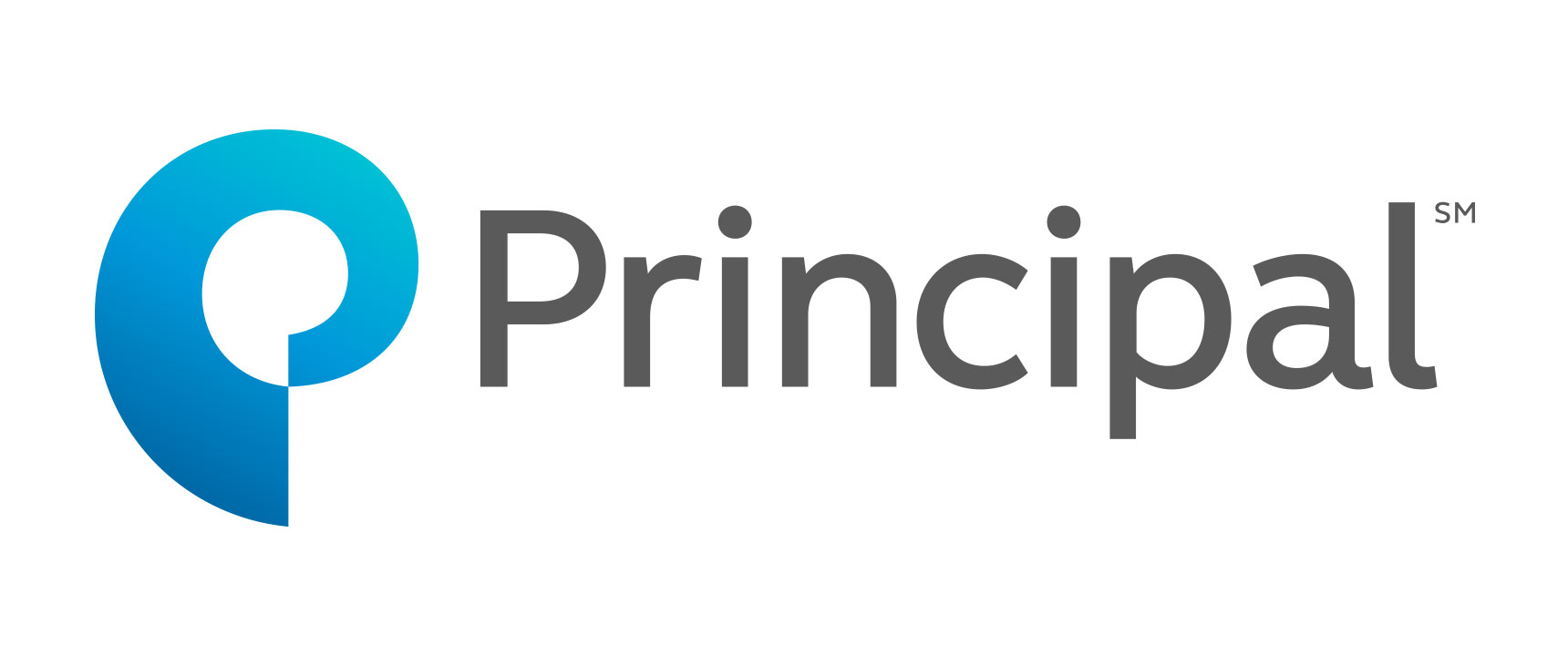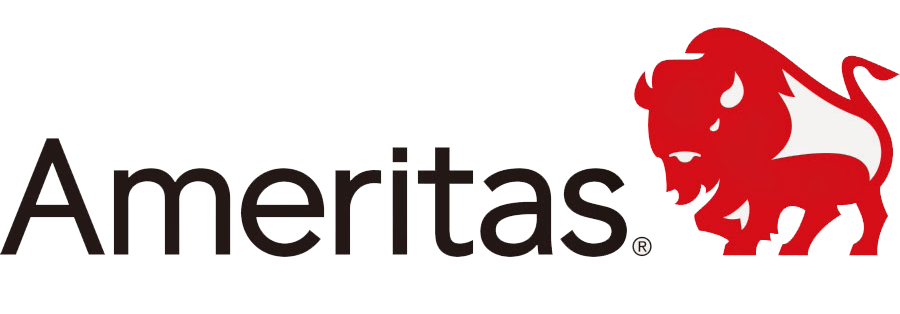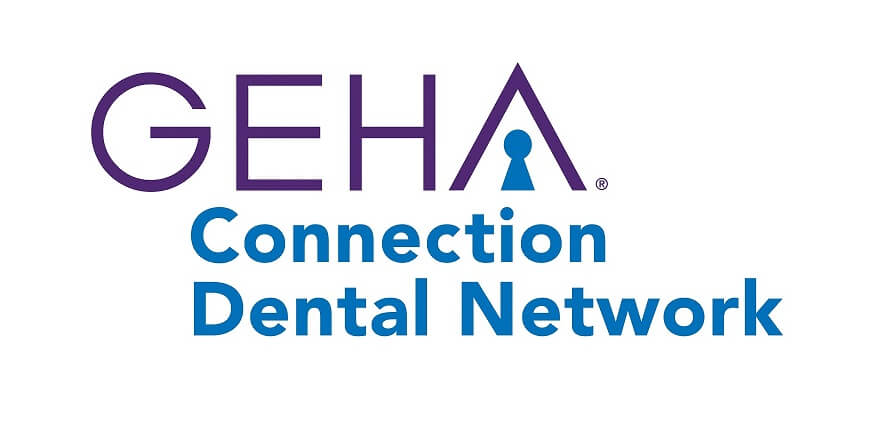Evaluating the many brands of oral products claiming to be “best for children” can be an overwhelming task. Selecting an appropriately sized toothbrush and a nourishing, cleansing brand of children’s toothpaste is of paramount importance for maintaining excellent oral health.
Why brush primary teeth?
The importance of maintaining the health of primary (baby) teeth is often understated. Primary teeth are essential for speech production, chewing, jaw development, and they also facilitate the proper alignment and spacing of permanent adult teeth. Brushing primary teeth prevents bad breath and tooth decay, and also removes the plaque bacteria associated with childhood periodontal disease.
What differences are there among toothpaste brands?
Though all toothpastes are not created equal, most brands generally contain abrasive ingredients to remove stains, soapy ingredients to eliminate plaque, fluorides to strengthen tooth enamel, and some type of pleasant-tasting flavoring.
The major differences between brands are the thickness of the paste, the level of fluoride content, and the type of flavoring. Although fluoride strengthens enamel and repels plaque bacteria, too much of it can actually harm young teeth – a condition known as dental fluorosis. Children between the ages of one and four years old are most at risk for this condition, so fluoride levels should be carefully monitored during this time.
Be aware that adult and non-ADA approved brands of toothpaste often contain harsher abrasives, which remove tooth enamel and weaken primary teeth. In addition, some popular toothpaste brands contain sodium lauryl sulfate (shown as “SLS” on the package), which cause painful mouth ulcers in some children.
So which toothpaste brand should I choose?
The most important considerations to make before implementing an oral care plan and choosing a toothpaste brand is the age of the child. Home oral care should begin before the emergence of the first tooth. A cool clean cloth should be gently rubbed along the gums after feeding to remove food particles and bacteria.
Prior to the age of two, the child will have many teeth and brushing should begin. Initially, select fluoride-free “baby” toothpaste and softly brush the teeth twice per day. Flavoring is largely unimportant, so the child can play an integral role in choosing whatever type of toothpaste tastes most pleasant.
Between the middle and the end of the third year, select an American Dental Association (ADA) accepted brand of toothpaste containing fluoride. The ADA logo is clear and present on toothpaste packaging, so be sure to check for it. Use only a tiny pea or rice-sized amount of fluoride toothpaste, and encourage the child to spit out the excess after brushing. Eliminating the toothpaste takes practice, patience, and motivation – especially if the child finds the flavoring tasty. If the child does ingest tiny amounts of toothpaste, don’t worry; this is perfectly normal and will cease with time and encouragement.
Dental fluorosis is not a risk factor for children over the age of eight, but an ADA accepted toothpaste is always the recommended choice for children of any age.
If you have questions or concerns about choosing an appropriate brand of toothpaste for your child, your pediatric dentist will be happy to make recommendations.
Contact Us
We encourage you to contact us with any questions or comments you may have. Please call our office or use the quick contact form below.


















